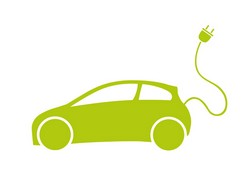Added safety for tomorrow's small electric vehicles
In the near future, collisions between SEVs and conventional vehicles, pedestrians, cyclists and motorcyclists will have much different consequences compared to today's crashes. This changing urban traffic landscape and the unique design and chassis of SEVs have not been foreseen by current vehicle safety assessment procedures and laws. With EU funding, the SAFEEV(opens in new window) (Safe small electric vehicles through advanced simulation methodologies) project developed a set of advanced tools and guidelines to improve the safety of pedestrians, as well as of drivers and passengers of SEVs in urban areas by 2025. To achieve its aims, the project first focused on examining and defining the most relevant future accident situations in urban areas involving pedestrians and occupants of SEVs. The study of projected accident scenarios showed an overall drop in collisions, collision speed, speed limits and vehicle weight, and a rise in safety systems. Activities also concentrated on providing methods, criteria and virtual assessment tools that are needed to protect pedestrians and SEV occupants. Simulation work was then carried out with two demonstration SEVs and specific test scenarios, as well as with the defined criteria for pedestrian and SEV occupant safety. SEVs will eventually play an important role in urban transport, and SAFEEV has contributed to ensuring that they are safe for their drivers and their passengers and for pedestrians. Society should also reap the overall socioeconomic and environmental benefits of safe SEVs.







